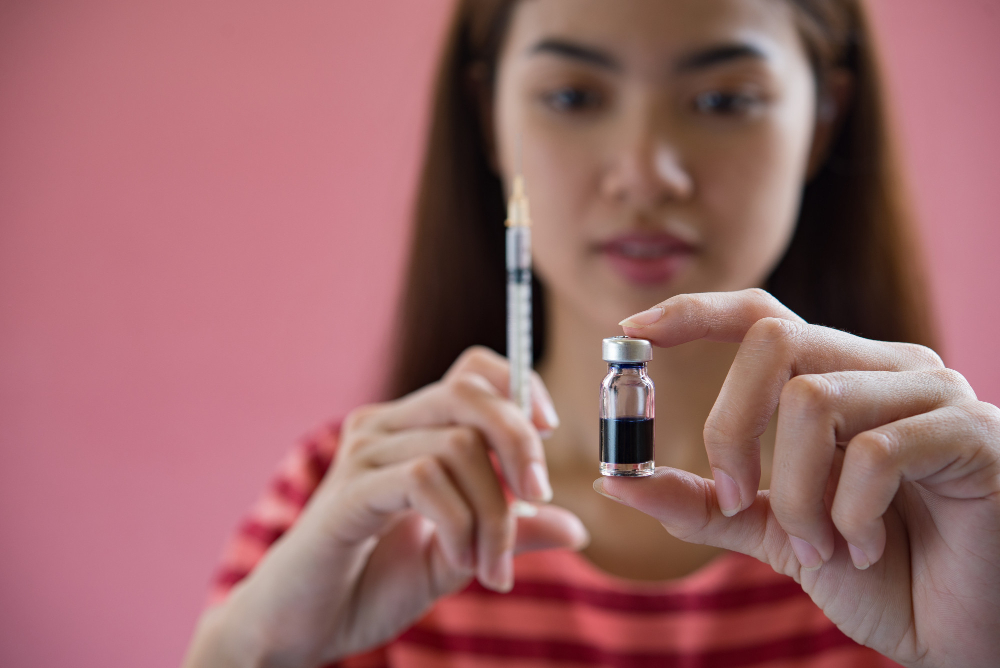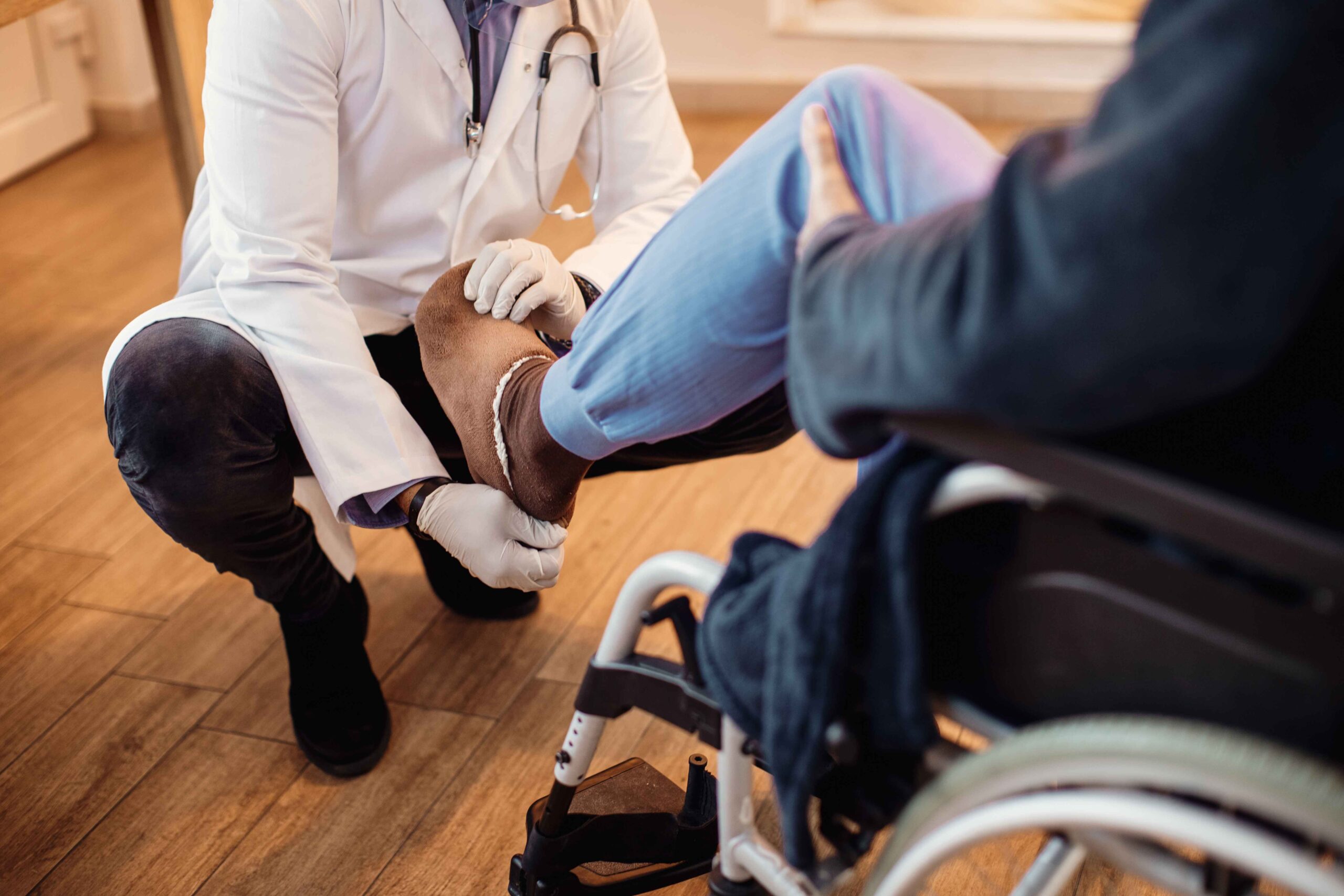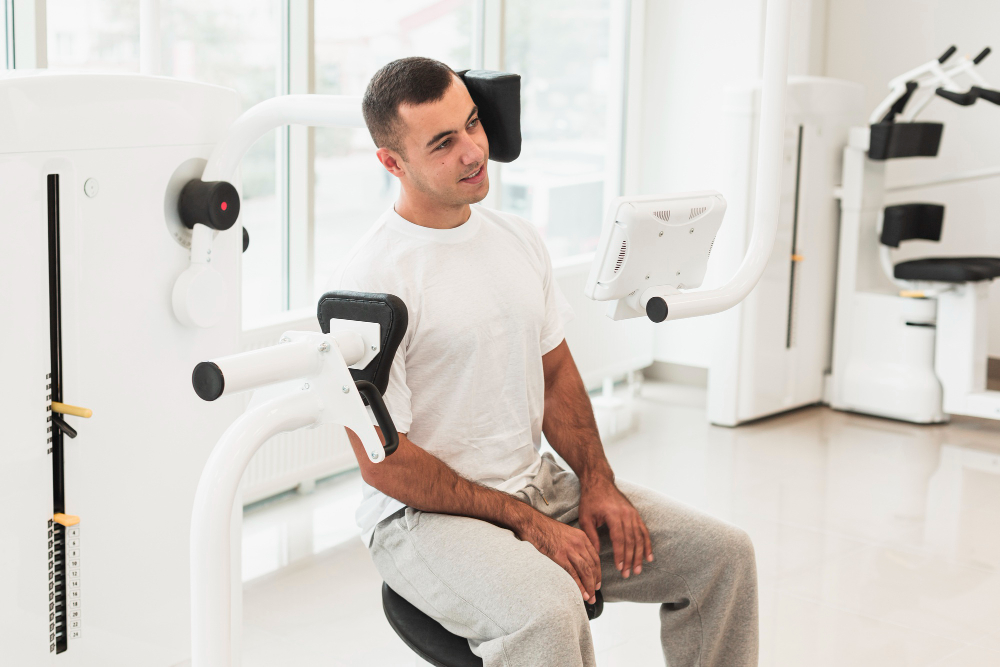
Last updated on by MRC
When people hear the word Botox, they instantly think of wrinkle reduction or cosmetic enhancements. However, Botulinum toxin injections have evolved far beyond aesthetics – playing a crucial role in modern pain management and medical rehabilitation. Yet, misinformation still clouds its true potential. This article aims to separate Botox myths and facts, shedding light on how this therapy helps patients regain comfort and mobility.
Before addressing common myths about Botox, it’s important to understand its function. Botox (Botulinum toxin type A) works by temporarily blocking nerve signals that cause muscle contraction. When used medically, it helps reduce muscle stiffness, spasms, and chronic pain caused by neurological or musculoskeletal conditions.
Doctors at leading pain management hospitals in Kolkata, such as MRC (Medical Rehabilitation Centre), use Botulinum toxin injections as part of a personalized pain management plan for patients dealing with post-stroke spasticity, cerebral palsy, neck pain, or even paralysis.
Let’s uncover the truth behind the most common Botox myths and facts in medical rehabilitation:
Fact: While Botox gained fame for reducing wrinkles, it was originally developed for medical purposes. Today, it’s widely used in pain management, spasticity control, and rehabilitation therapy. In fact, Botox received FDA approval for several therapeutic uses long before it became a beauty treatment.
Fact: When administered by certified medical professionals, Botulinum toxin injections are completely safe. The dosage used in pain management is highly controlled, minimizing any risks. At specialized centres like MRC, each treatment is customized based on the patient’s condition, ensuring maximum safety and effectiveness.
Fact: While the effects of Botox are not permanent, they last for several months — often enough to help patients participate in physiotherapy or rehabilitation programs more effectively. Over time, with consistent therapy, patients often experience lasting improvements in pain and muscle control.
Fact: A major botox myth is that it weakens all muscles in the body. In reality, Botox works locally only at the injected area. The medication relaxes targeted muscles responsible for pain or stiffness without affecting the surrounding healthy tissue.
Fact: There is no scientific evidence suggesting that Botox is addictive. Patients may choose to continue treatment simply because it helps them maintain mobility and reduces pain, not due to dependency.
Fact: Far from being experimental, Botulinum toxin injections are backed by years of clinical research and global medical approval. They’re routinely used in rehabilitation hospitals worldwide, including India, to treat chronic pain disorders, muscle spasticity, and neurological impairments.
When administered under expert care, Botox injections for pain offer several therapeutic advantages:
At MRC, each patient undergoes a thorough evaluation before beginning treatment, ensuring that the use of Botulinum toxin injections aligns with their unique recovery goals.
Also Read – Safety First: Understanding Botox Injection and Drug Interaction Precautions
If you’re considering Botox for pain management, it’s essential to seek treatment at a trusted and specialized healthcare centre. MRC stands out as a leading pain management hospital in Kolkata, offering evidence-based therapies under the guidance of experienced physiatrists and rehabilitation specialists.
At MRC, Botox therapy is integrated into a comprehensive rehabilitation plan that includes physical therapy, occupational therapy, and patient-specific exercises — ensuring holistic recovery. The team’s commitment to compassionate care and clinical excellence makes MRC one of the most recommended centres for Botox pain treatment in Kolkata.
Understanding the truth behind Botox facts and myths is key to making informed healthcare decisions. Botox isn’t just a cosmetic tool — it’s a scientifically proven treatment that can significantly improve the lives of patients living with chronic pain or muscle spasticity.
At MRC, we combine advanced medical expertise with a human touch, helping patients restore comfort, movement, and confidence through Botulinum toxin injections and personalized rehabilitation care.









